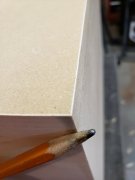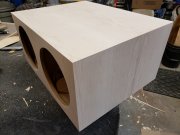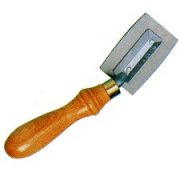Mohawk
Chief Journeyman
Remember my posts on the 4 way JBL build using a WOPL 700b and 3 400s ?
I was thinking of a 300 to power just the 2405 tweeters .
I was being accused of overkill.... !
Lol !
M
I was thinking of a 300 to power just the 2405 tweeters .
I was being accused of overkill.... !
Lol !
M



